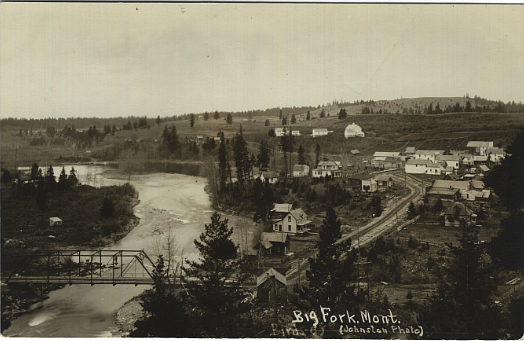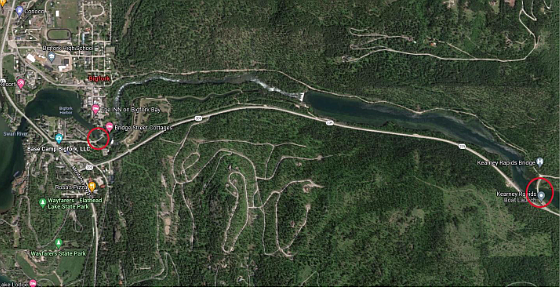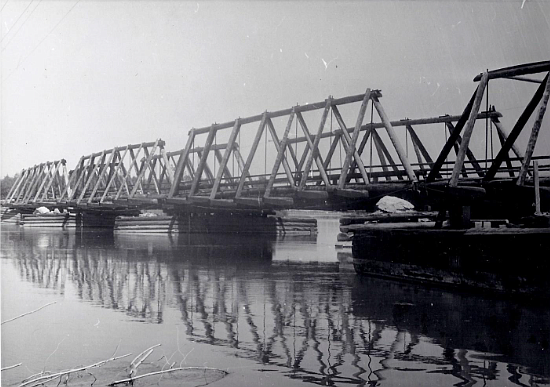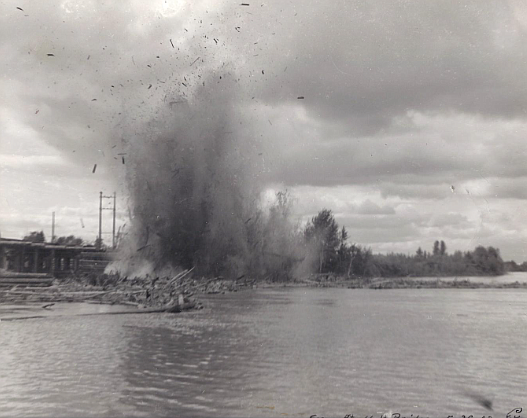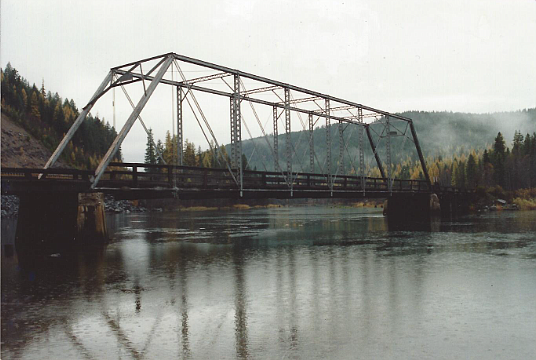A Bridge to Somewhere – The 1911 Bigfork Steel Bridge
While a sturdy bridge seems like something that will last forever, we know that can’t always be the case. At this point many of you likely know that in 2023, or perhaps 2024, the iconic silver bridge crossing the Swan River at the south end of Bigfork will be removed and a new bridge constructed. But even before the silver bridge was completed nearly 110 years ago, people still had a need to get across the river...
Become a Subscriber!
You have read all of your free articles this month. Select a plan below to start your subscription today.
Already a subscriber? Login



